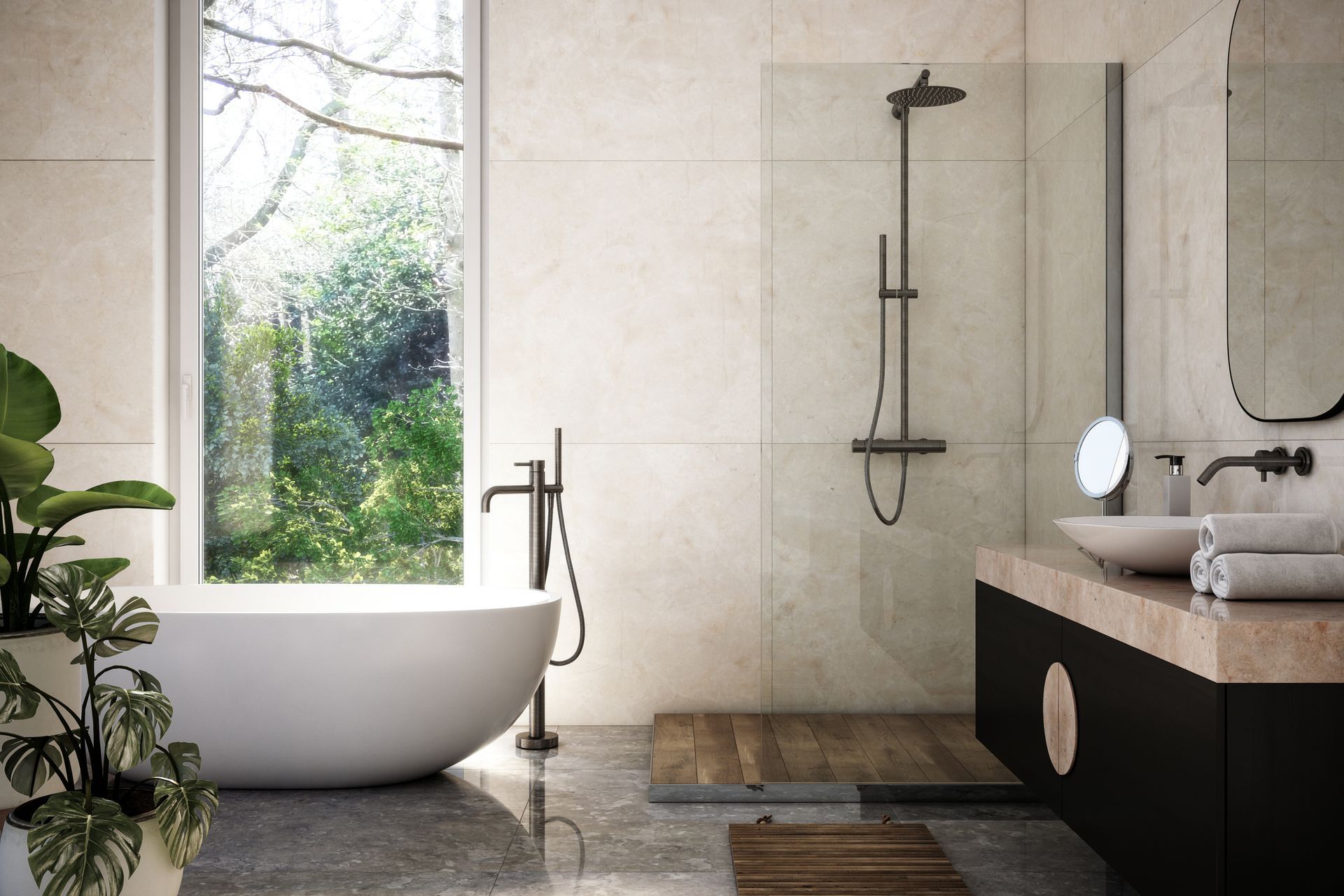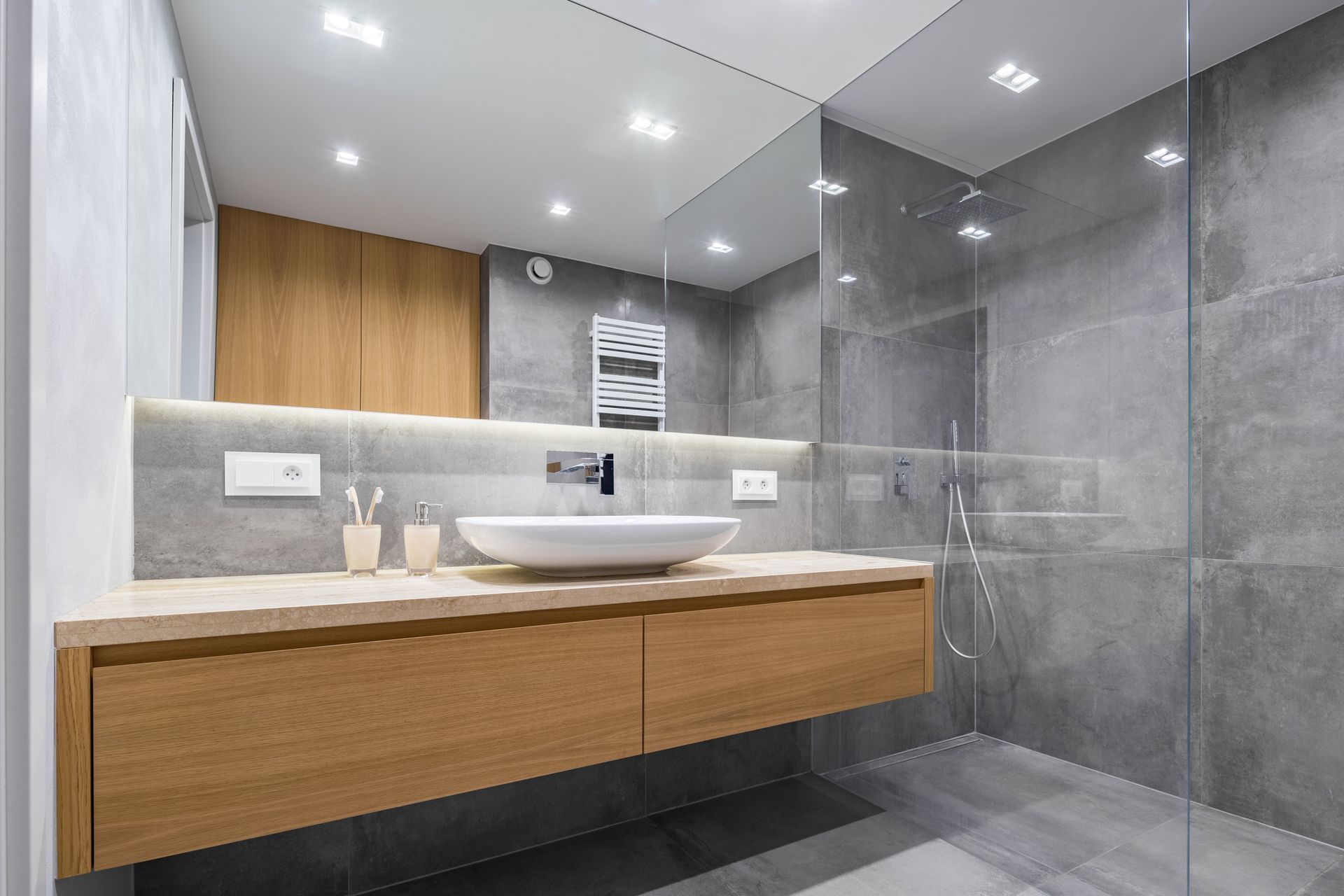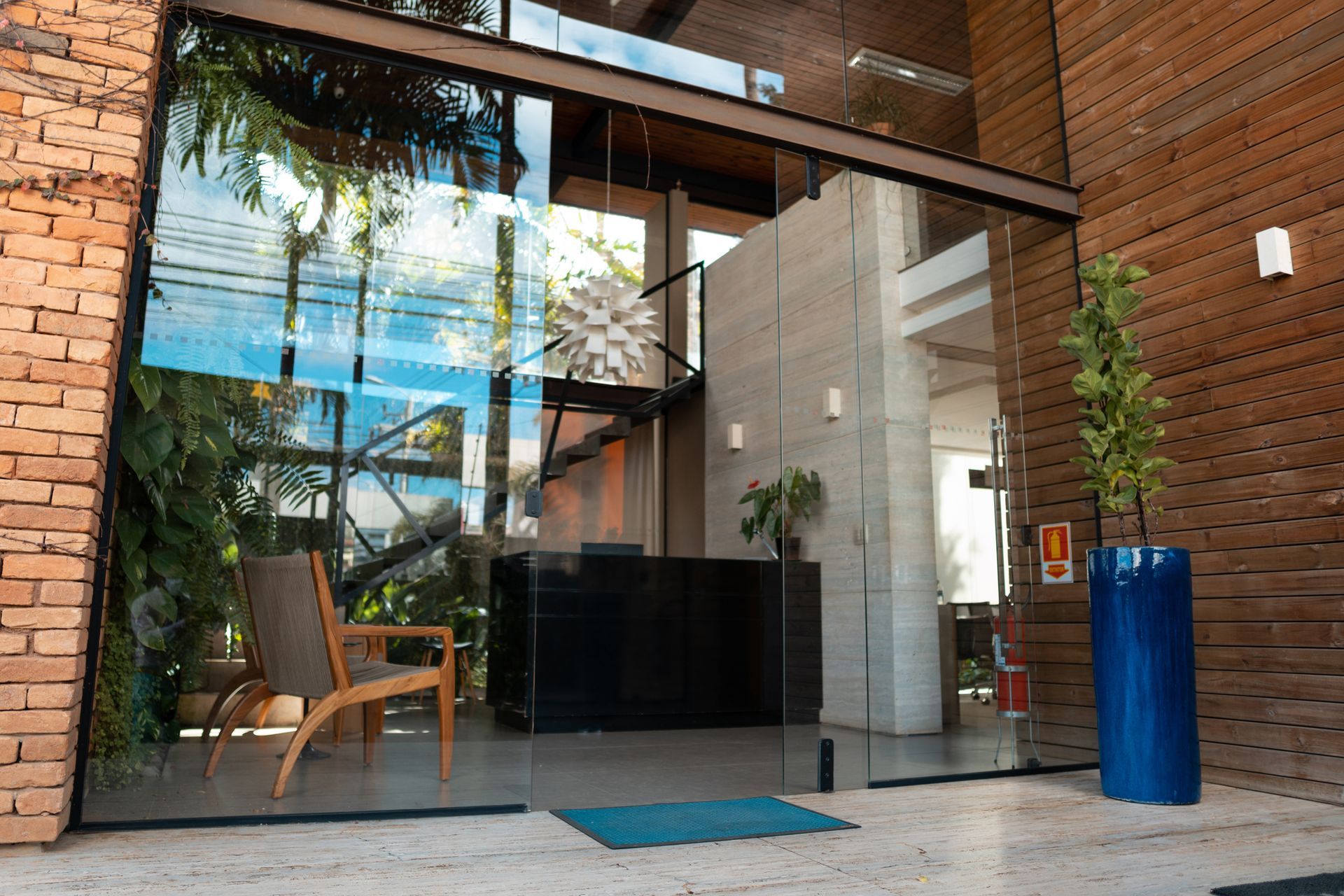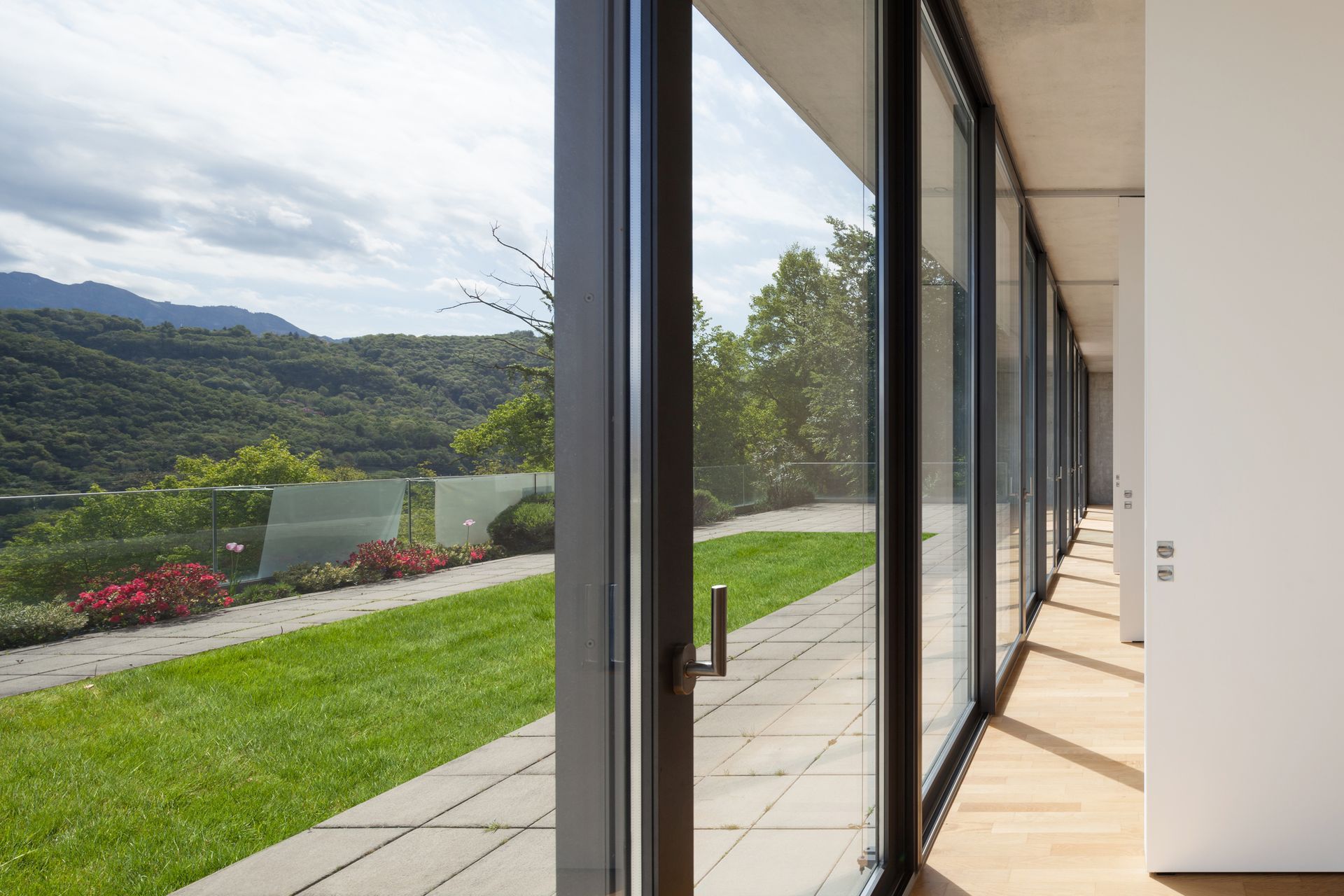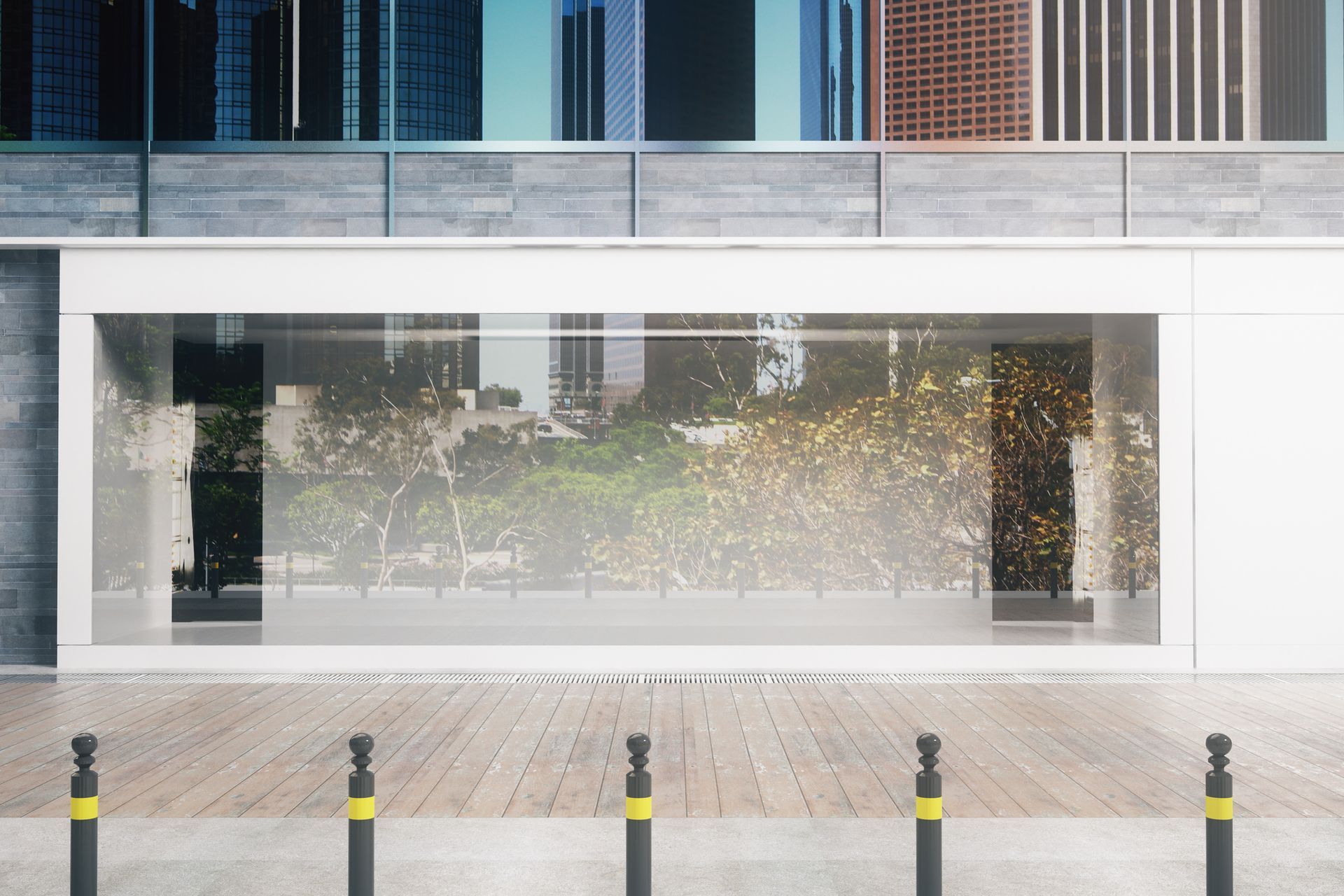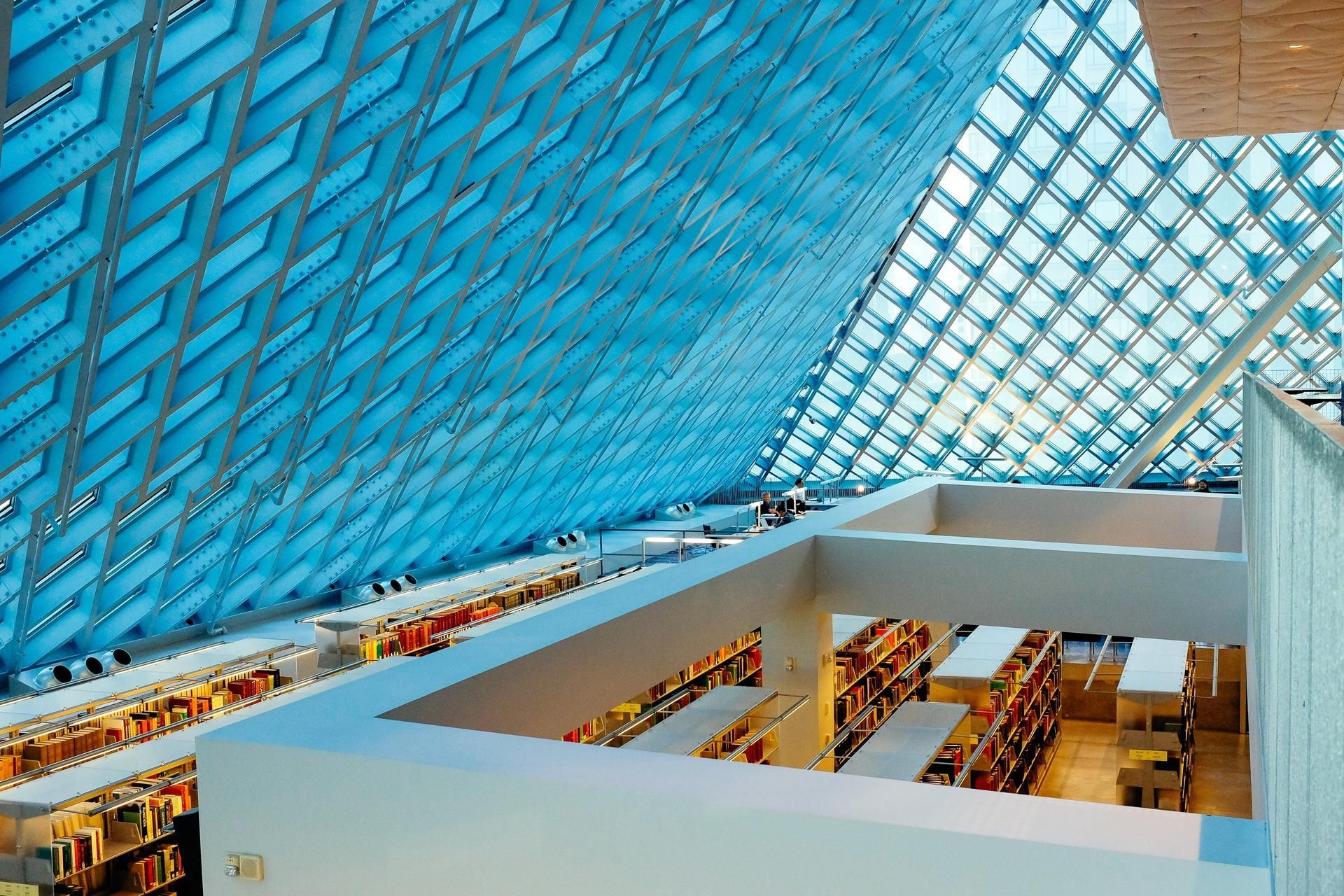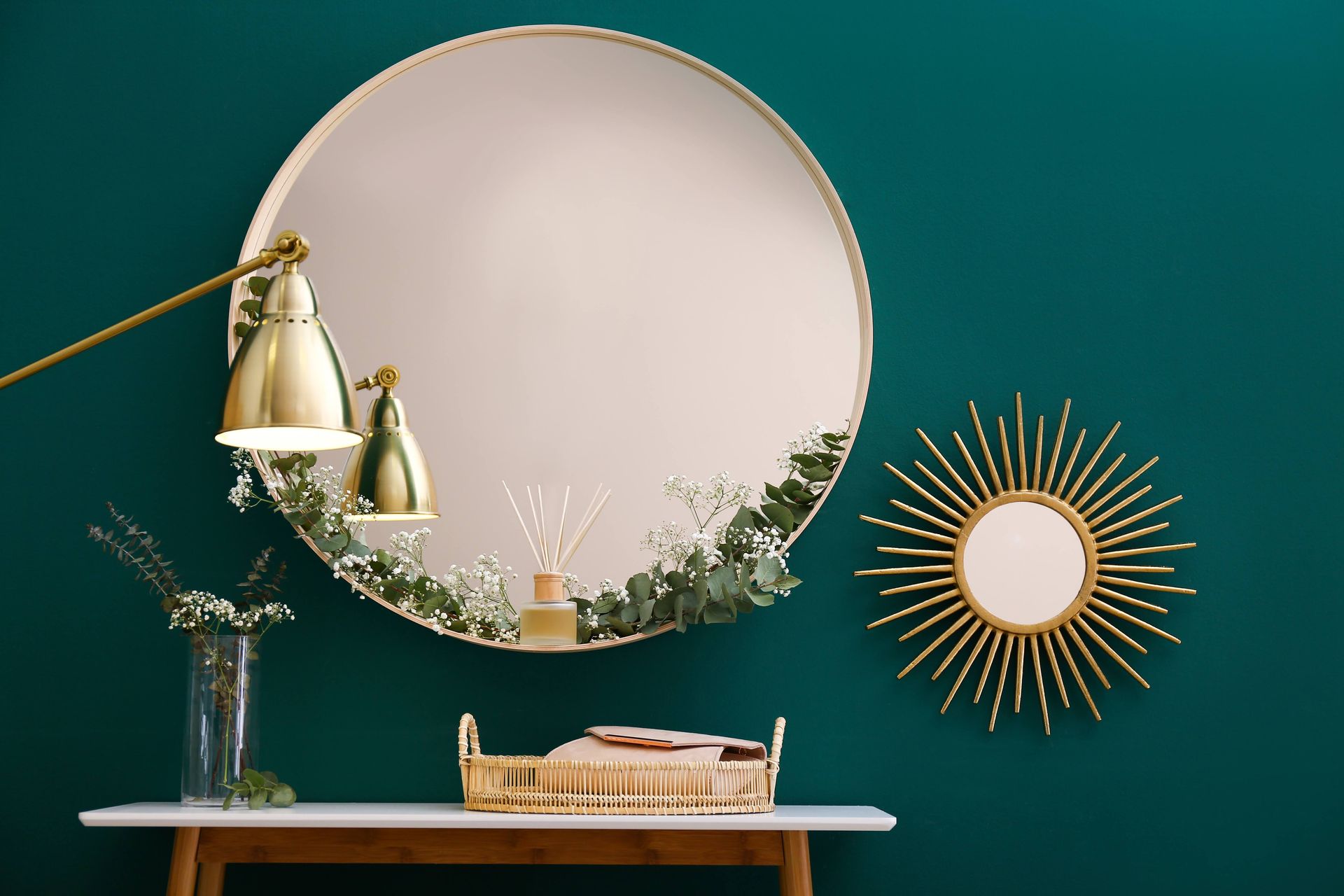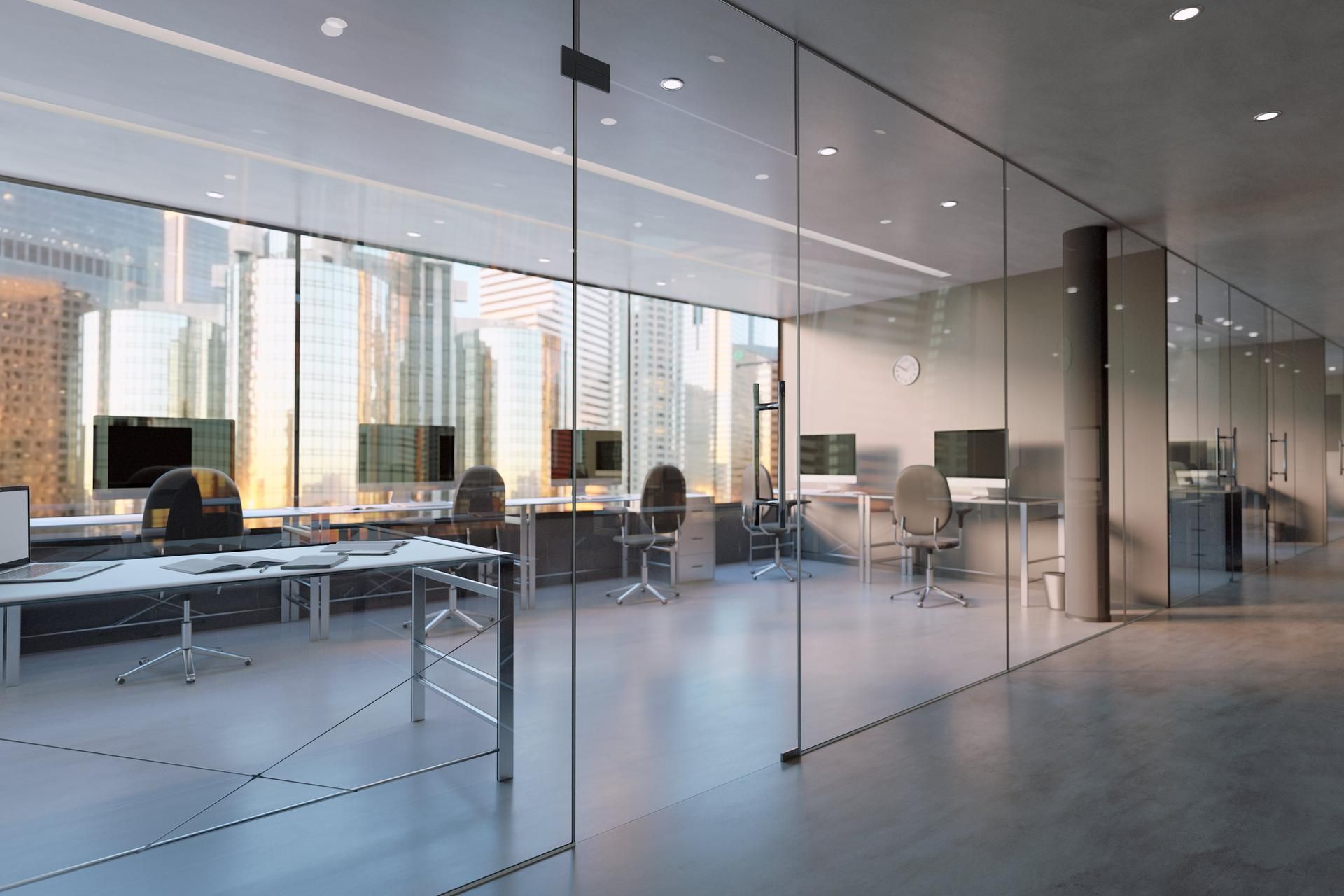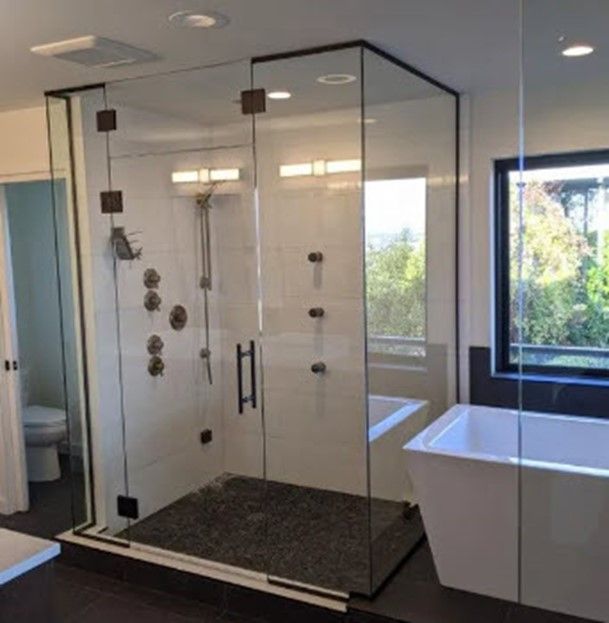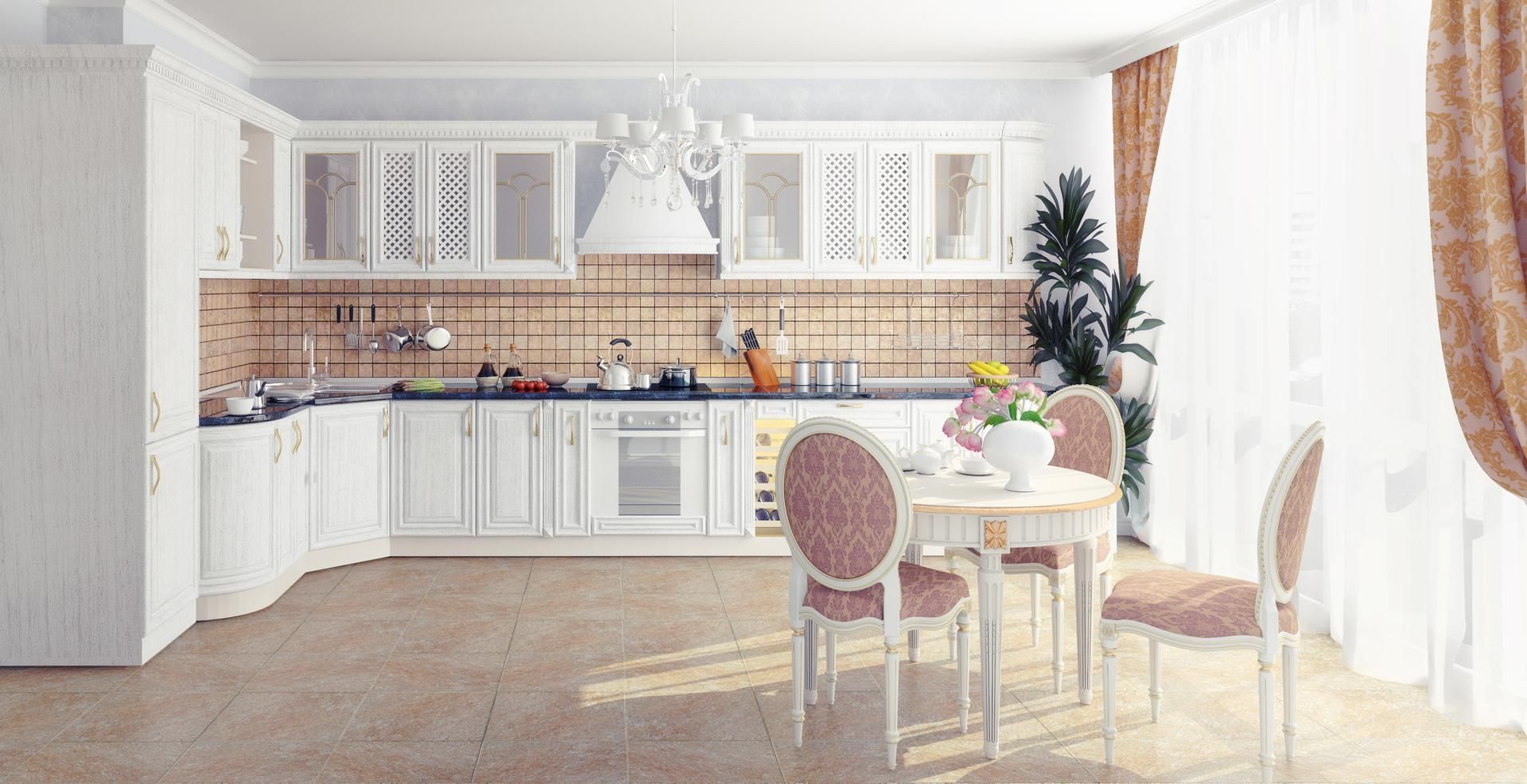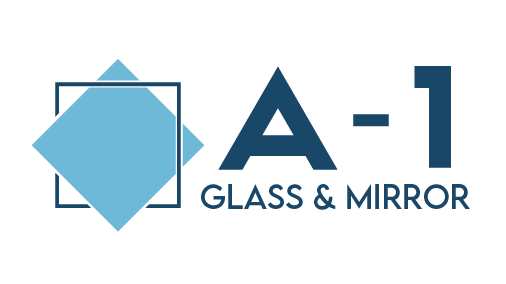
Fading Protection
The fading of colors under exposure to light is inevitable. While all light causes fading, and all materials fade in color over time, ultraviolet light causes most of the fading we see. This is especially apparent in fabrics directly exposed to the sun’s light, whether a flag flown outside, or an indoor rug placed near a window. Specific types of glass exist to limit the amount of damaging radiation that enters into a building, whether infrared, ultraviolet, or visible light. This guide will briefly cover the science behind fading, as well as the role of glass in reducing fading.
All light causes materials such as furniture, fabrics, paint, plastics, and wood flooring to fade in color over time. However, different frequencies of light tend to fade material colors at different rates, and all colors likewise fade at different rates depending on their electrochemical properties. Ultraviolet light causes the majority of color fading, while both visible light and heat (or more technically, IR light) are responsible for up to 25% of fading each. This means that sunshades, blinds, or awnings are simply not enough to prevent fading over time, as ultraviolet (UV) light rays “bounce” off objects such as streets, trees and cars at low angles to enter a building and damage color fidelity over time. IR light on overcast or cloudy days will also fade materials, so damage to colors is not only confined to sunny summer days or South-facing windows. Different materials exhibit fading at different rates, with natural fibers like wool fading faster than synthetic fibers; practically, this means that items such as antiques and rugs tend to fade faster than modern vinyl window frames. Certain colors are also more susceptible to rapid fading, with shades of red and bright fluorescent dyes exhibiting the most rapid color deterioration. Additionally, exposure to UV light rays is known to damage the skin at the cellular level, so the mitigation of radiation transmission through window glass is an important long-term consideration for both homes and businesses.
Light fades colors by damaging the chromophores of materials, the part of molecules that are responsible for color. When light rays hit a material, specific wavelengths of light are absorbed by specific species of chromophores, and the remaining unabsorbed light is reflected. For example, the chromophore in plants called chlorophyll that absorbs reds and blues does not absorb most green wavelengths of light, so those green rays are reflected off leaves or grass and then seen by the human eye. Fading happens when chromophores are damaged at the atomic level, making them less able to absorb their specific frequencies of light. So, faded colors don’t “go” anywhere, the chromophores responsible for re-emitting them to our eyes simply don’t emit photons in that frequency with the same quantity or intensity as non-faded colors.
Fading occurs both in short exposures to intense light, as well as long exposures to weaker light, and is often measured in Hunter Units. A Hunter Unit is the measure of the smallest discernable difference to the human eye between two shades of the same color. Developed during the 1950’s and 1960’s, the Hunter Scale is a method of quantizing and communicating color fading visible to humans. A combination of three values, the Hunter Scale combines measurements of light vs dark, red vs green, and blue vs yellow, (or the L-, A- and B-scales respectively). An intuitive measurement, Hunter Units can be used by the discerning homeowner or contractor to identify, anticipate, and mitigate indoor color fading. Knowledge of these methods can provide context to the purchase of specialty radiation-reducing glass, and leveraging the mitigation of color fading is often used to provide a “hidden value” to the sale of a home or business.
Certain steps can be taken to diminish the rate of color fading, such as placing a prized piece of artwork outside of direct sunlight; however, fading can only be minimized, and never totally prevented. While windows are a prized way of creating a well-lit and inviting interior, various types of glass exhibit different light-absorbing and light-reflecting properties. Available from most manufacturers upon request, a glass product’s “light-transmission index” may be referenced to inform purchasing decisions. For example, while standard clear vision glass reduces UV light by about 25% (and double-paned insulated glass units reduce this even more) window tints, window films, and Low-E glass can reduce total UV light transmission by over 60%. New homeowners and businesses are wise to consider glass replacement as an effective method of reducing color fading, deterioration, and even skin damage.
Specialty glass has the ability to reduce the amount of damaging light that enters the home or business, making products such as tinted and Low-E glass a wise choice to protect both property and people. Glass replacement can therefore be seen as a good long-term investment, as it may slow or prevent severe color fading. Measured in years, the cost of a glass replacement may then be weighed against the value of preserving prized possessions, such as the antique table that grandpa built by hand, or a college-era tapestry made by an aunt no longer with us. While color fading is based on complex biochemical properties and electromagnetic interactions, simple actions such as removing items from direct sunlight and installing specialty glass are things that everyone can do. Navigating the intricacies of glass selection and comparison can be difficult without in-depth glass industry knowledge, so the friendly glaziers and staff at A-1 Glass are happy to offer our advice and experiences in reducing color fading. A quick phone call away at 503-646-9641, Beaverton’s own A-1 Glass & Mirror proudly stands ready to assist in your glass project.
Reliable – Quality - Friendly
Since 1955
A-1 GLASS & MIRROR
5465 SW WESTERN AVE STE. J
BEAVERTON, OR 97005
T: 503-646-9641 F: 503-643-9439
https://www.a1glassandmirror.com/
